Rising Awareness of Sleep Disorders
There is a growing awareness of sleep disorders, particularly snoring, which is driving the Snoring Control Device Market. As more individuals recognize the health implications associated with snoring, such as sleep apnea and cardiovascular issues, the demand for effective solutions is increasing. Educational campaigns and health initiatives are contributing to this awareness, leading to a more informed consumer base. According to recent studies, nearly 30% of adults experience some form of snoring, highlighting a substantial market potential. This rising awareness is likely to encourage consumers to seek out snoring control devices, thereby expanding the Snoring Control Device Market.
Increased Focus on Preventive Health
The Snoring Control Device Market is benefiting from an increased focus on preventive health measures. As individuals become more proactive about their health, they are seeking solutions that can mitigate potential health risks associated with snoring. Preventive health strategies emphasize the importance of quality sleep, which is directly linked to overall well-being. The market for snoring control devices is projected to expand as consumers prioritize sleep health, with an estimated growth rate of 7% annually. This trend indicates a shift towards investing in devices that not only address snoring but also promote better sleep hygiene, thereby enhancing the Snoring Control Device Market.
Growing E-commerce and Online Retail Channels
The rise of e-commerce and online retail channels is significantly impacting the Snoring Control Device Market. Consumers are increasingly turning to online platforms for purchasing health-related products, including snoring control devices. This shift is facilitated by the convenience of online shopping, coupled with the availability of a wide range of products and customer reviews. E-commerce sales in the health and wellness sector have seen a notable increase, with projections indicating a growth rate of 10% in the coming years. This trend is likely to enhance the accessibility of snoring control devices, thereby expanding the Snoring Control Device Market.
Technological Innovations in Snoring Control Devices
The Snoring Control Device Market is experiencing a surge in technological innovations, which are enhancing the effectiveness and user-friendliness of these devices. Advanced features such as smart sensors, mobile app integration, and personalized settings are becoming increasingly common. These innovations not only improve the user experience but also provide real-time data on snoring patterns, allowing for better management of the condition. The market is projected to grow at a compound annual growth rate of approximately 8% over the next five years, driven by these technological advancements. As consumers become more tech-savvy, the demand for sophisticated snoring control solutions is likely to increase, further propelling the Snoring Control Device Market.
Aging Population and Increased Demand for Sleep Solutions
The aging population is contributing to the growth of the Snoring Control Device Market. As individuals age, they often experience changes in sleep patterns, leading to an increased prevalence of snoring. This demographic shift is prompting a higher demand for effective sleep solutions, including snoring control devices. With an estimated 20% of older adults experiencing chronic snoring, the market is poised for growth. Manufacturers are likely to focus on developing products tailored to the needs of this demographic, which could further drive innovation and expansion within the Snoring Control Device Market.
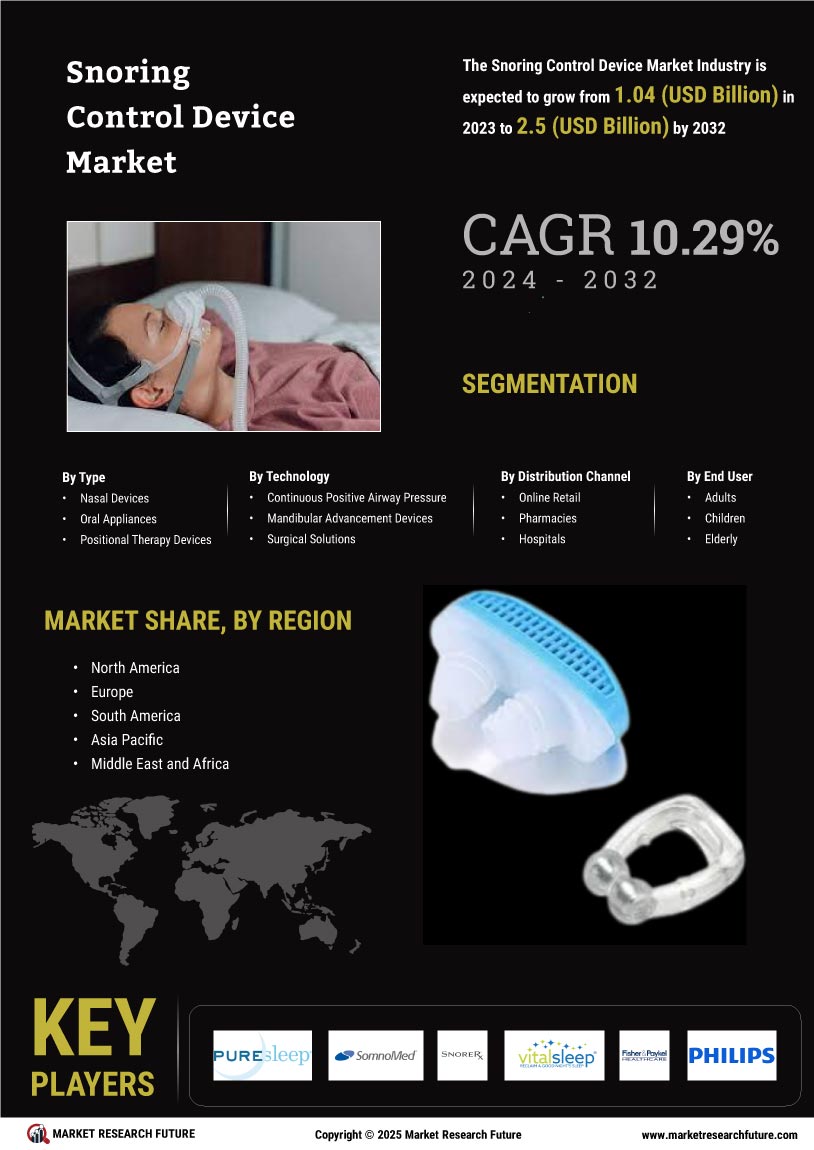

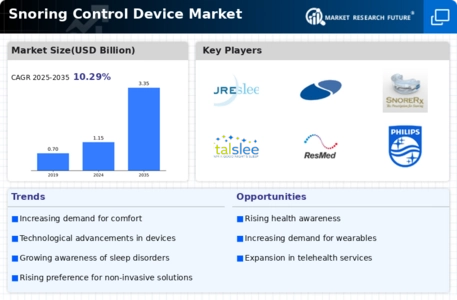
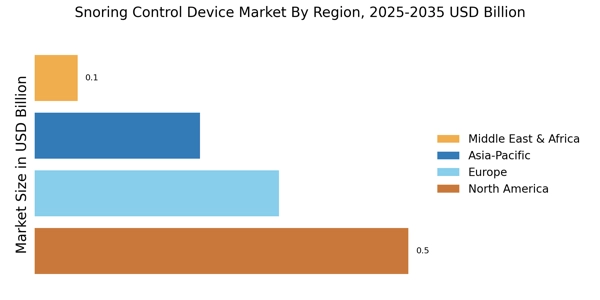

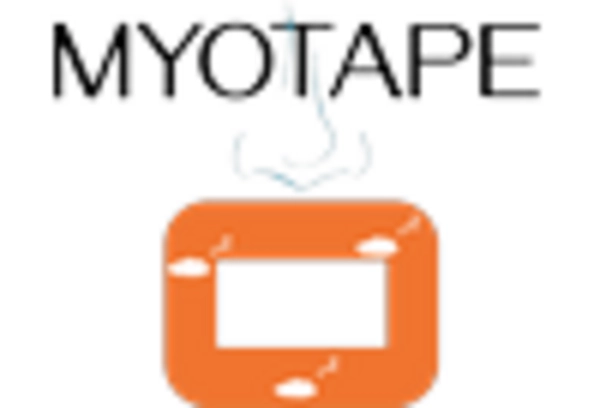
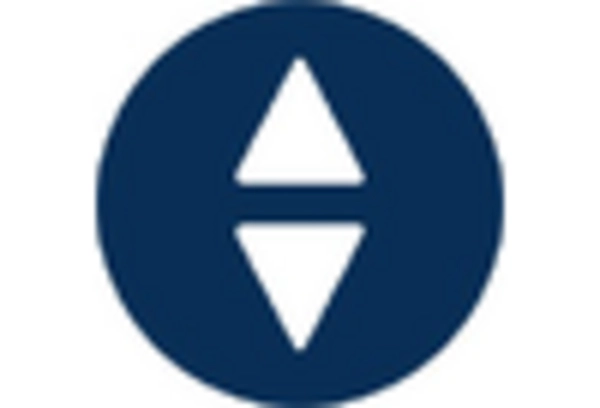
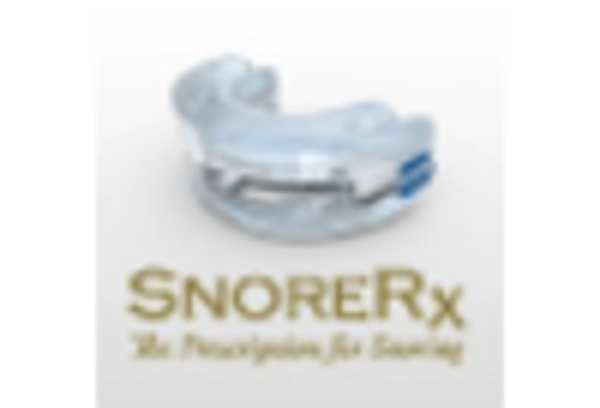
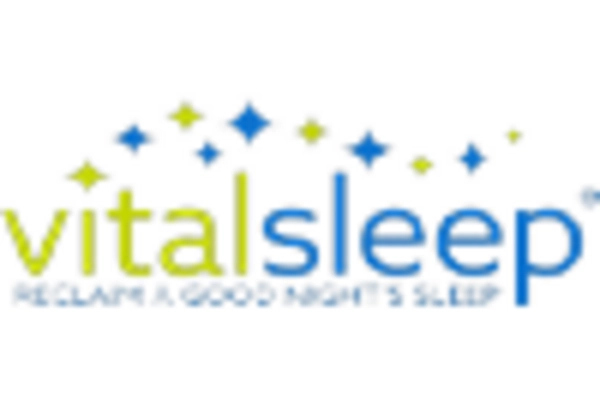
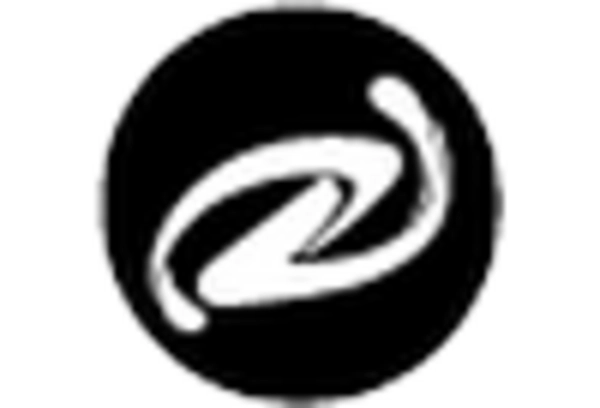








Leave a Comment